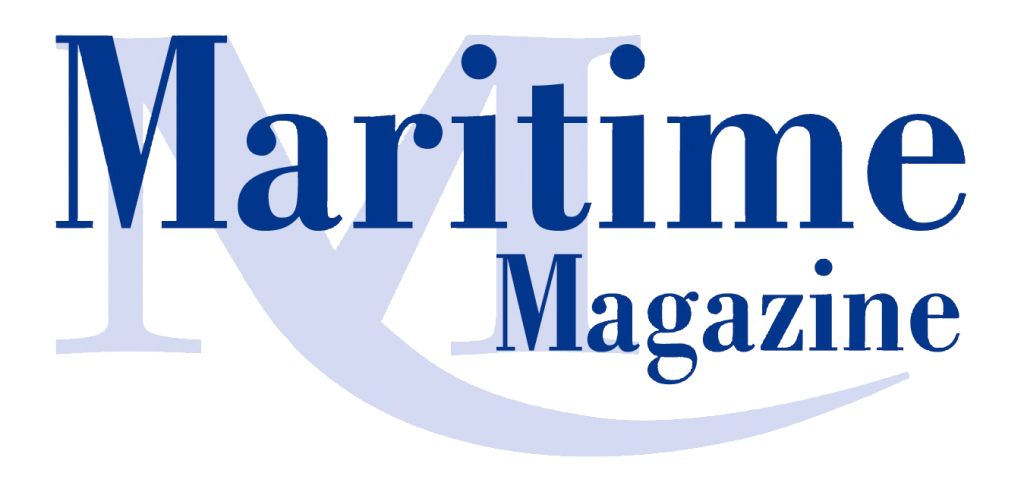Katherine Tai, who led American trade actions as the cabinet-level U.S. Trade Representative during the Biden administration, stressed Tuesday that tariffs are current President Donald Trump’s “signature policy.”
Speaking at the annual convention of the American Association of Port Authorities in Quebec City this year, Ms. Tai began her address explaining what may drive Trump is that he is an avid pro-wrestling fan and a WWE hall of fame member.
At a WrestleMania event in 2007, which Ms. Tai compared with Trump’s April “Liberation Day” blanket imposition of tariffs on most world countries, Trump, went from spectator to participant, body slamming WWE head Vince McMahon.
With his tariff slams, Trump aims to bring down the U.S. trade deficit, bring back manufacturing from low-wage countries like China, increase exports, and, Ms. Tai said, Trump has even said “tariffs will cut taxes.”
Economists, such as Paul Krugman, say tariffs, paid by the buyers of tariffed goods, are taxes.
Ms. Tai explained that for Trump, tariffs, adding to government revenues, allow the tax cuts of his Big Beautiful Bill.
She noted that in the first Trump administration, there was some diversity of views, while for his second term there is unanimous support from his economic team on his tariff strategy.
At a meeting with Wall Street types last week, Ms. Kai said the consensus was that the U.S. Supreme Court would rule illegal tariffs Trump has imposed for reasons of emergencies Trump has declared, such as migrants and fentanyl arriving from Mexico and Canada.
“I’m not so sure,” Ms. Kai said, adding that in any event Trump would push ahead with his tariff strategy.
“I think it is full throttle on tariffs for as long as it’s the Trump administration,” she said.
She also drew on Donald Rumsfeld, U.S. Defense Secretary under George W. Bush, who spoke of “known-knowns,” known-unknowns” and “unknown-unknowns,” saying Trump’s ever-changing directions in imposing, raising or lowering tariffs is an “unknown-unknown.”
Renewal of CUSMA an “unknown”
Another unknown-unknown is whether Trump will agree to a renewal of CUSMA, the Canada-U.S.-Mexico free trade agreement up for discussion, she said.
AAPA president and CEO Cary Davis said earlier in the day that Canada and Mexico together form “the greatest U.S. trading partner,” with US$1.6 trillion in trade both ways in 2024, accounting for 30% of total U.S. trade.
Mr. Davis said while most of that traffic is land-based, US$130 billion a year of that trilateral trade is carried on ships.
“I take this cross-border co-operation very seriously,” Mr. Davis said.
Olga Farman, president and CEO of the host city Quebec Port Authority, noted that with 15 metres of water at low tide, her port can serve the largest vessels year-round, with rail links to Canadian and U.S. markets, and is also a popular cruise ship destination.
Role of St. Lawrence River
Bernard Drainville, recently designated Quebec’s maritime strategy minister, said the St. Lawrence River is a “highly strategic corridor for our economy.”
“This is why we have everything to gain by continuing to work together in a spirit of trust and shared achievement,” he added.
“The United States sells more goods to Canada than to any other country and nearly eight million jobs in the United States depend on trade with Canada,” he said and trade between the U.S. and Quebec alone rose by 43% in the last five years to $130 billion.
“This is why we must remain aware of the consequences that sudden or reckless decisions can have on our economy.”

(Photo of Katherine Tai by Kevin Dougherty)


